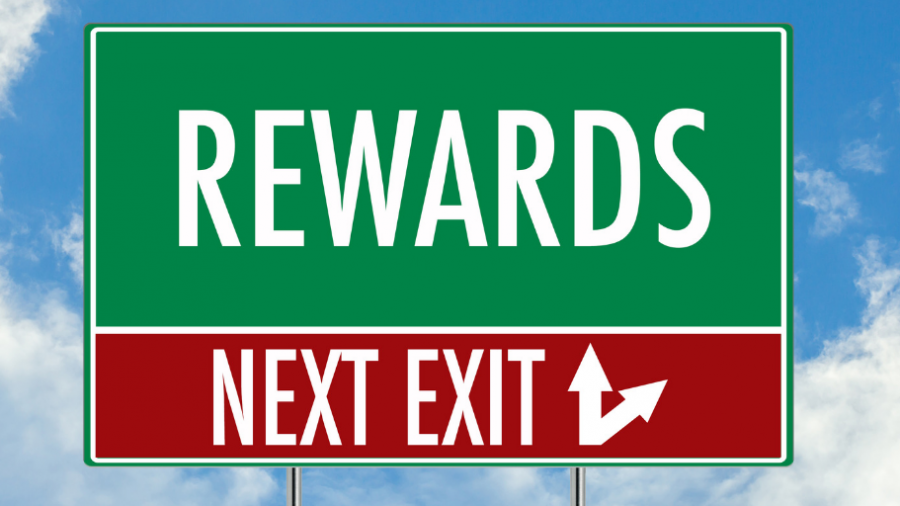We are all familiar with that sinking feeling when you find an official ticket on your windscreen. But did you know most people function better when their environment offers potential rewards? There are very few opportunities for rewards on NSW roads. The best we can manage is a 50% discount on your drivers licence – but only if you have no demerits for 5 years!
Unfortunately, bad driving rewards governments. Rather than habitually punish bad driving, perhaps it would be more effective to properly reward good driving. Technology, such as telematics, lets us do that.
No rewards
There are hundreds of possible traffic offences and barely any rewards at all for good driving. In fact, you may drive well 99% of the time for four years and then get three demerits just before you want to renew your drivers licence.
Even if you get a cheaper price for your compulsory third party or comprehensive insurance this year, you may have no idea why. Rewards do not work if they don’t relate to anything. Meanwhile, separating CTP from other types of vehicle insurance makes it harder to reward drivers with any incentives.
Punished twice
Unfortunately, the NSW CTP scheme charges premiums that have nothing to do with how safely you drive. They are based on proxies for safety, such as no demerits, relatively new car, or years of experience. It also means low-risk drivers actually pay more than they should just to subsidise high-risk drivers.
In fact, safe drivers are punished twice. First, they have to pay too much for CTP; second, they have to fund traffic police, ambulances and hospital emergency departments through their tax.
Meanwhile, people who drive badly and cause accidents do not bear the full cost of the damage. Very often, someone else is paying. Changes to the NSW and ACT CTP schemes to include at-fault drivers may even entrench this attitude further.
The main reason why we don’t treat safe and risky drivers differently is because we just don’t know who is safe and who is risky. We only know who has broken a law.
Telematics
Telematics is already starting to change that. One of the major telematics providers claimed last year it had 5 million cars connected to its platform worldwide.
Telematics is a combination of remote communication (telos means long distance) with informatics (automated information). Installing a telematics system in your car reveals exactly how you drive. For example, how heavily you brake, your average speed, how tightly you take corners.
But we don’t need to use the system for punishment. We can use it to reward good driving.
Rewarded with usage-based insurance (UBI)
Psychologists say there are three conditions for rewards to be effective:
- You must be interested in the reward, eg, cheaper insurance
- The reward must be given right after the desired action, eg, in your vehicle
- Your performance must exceed typical standards, eg, no demerits – ever.
As one commentator said, telematics can help keep the conversation with insurers “a positive one”. Using telematics for UBI, insurers will be able to give instant feedback on good driving. They will offer discounts on insurance or useful giveaways in real time for exceeding typical driving standards.
Meanwhile, the rewards you get from UBI may even change your choices:
- Whether you drive at all or take a tram
- What you drive, eg, cars with added safety technology
- How and when you drive, eg, outside peak hours.
Italy, the UK and US are already well on track with UBI policies. By 2020, there could be nearly 100 million drivers in the world with UBI.
This means that potentially, 100 million drivers can be properly rewarded for safe driving. Is it possible that rewarding drivers will bring down the road toll faster than continuing to look for new ways to punish them?


your opinion matters: